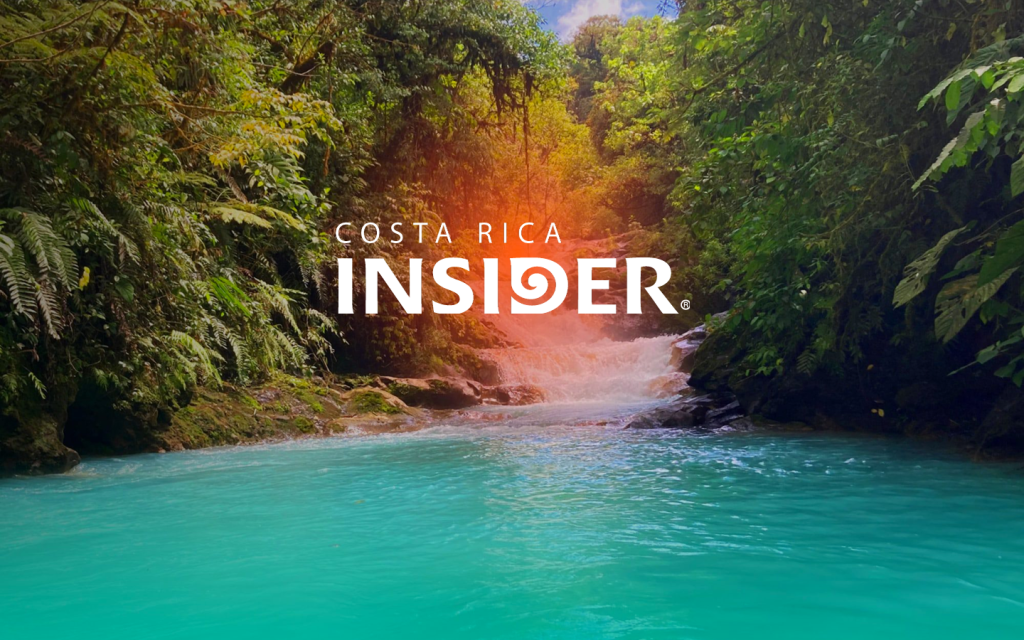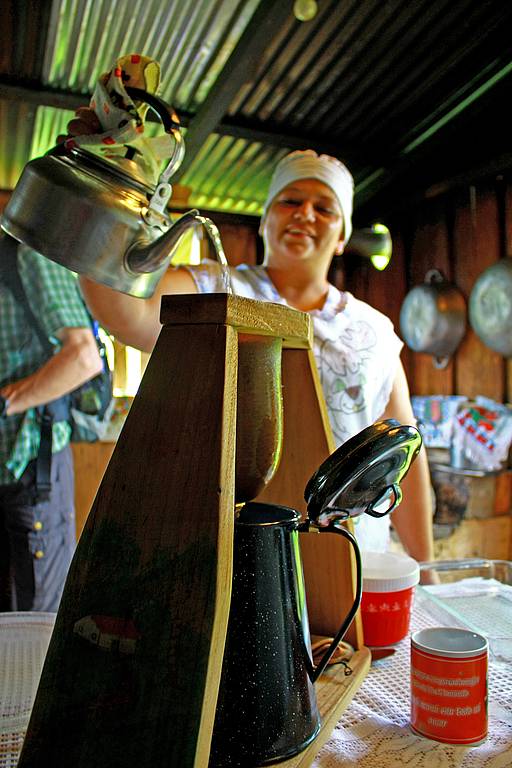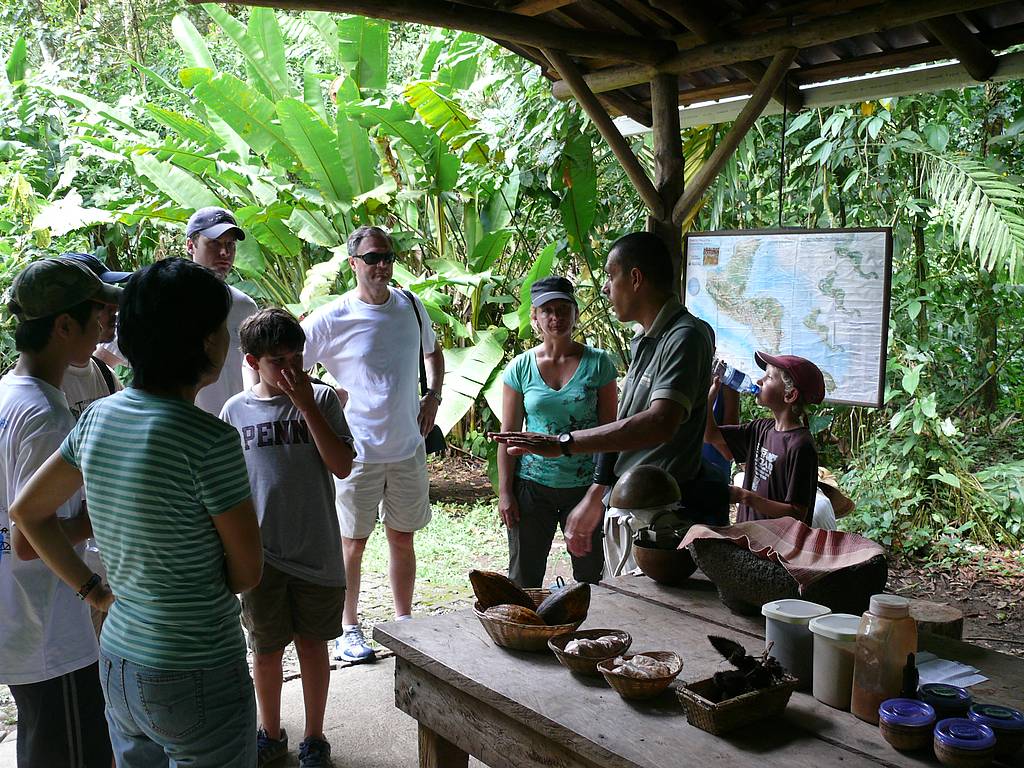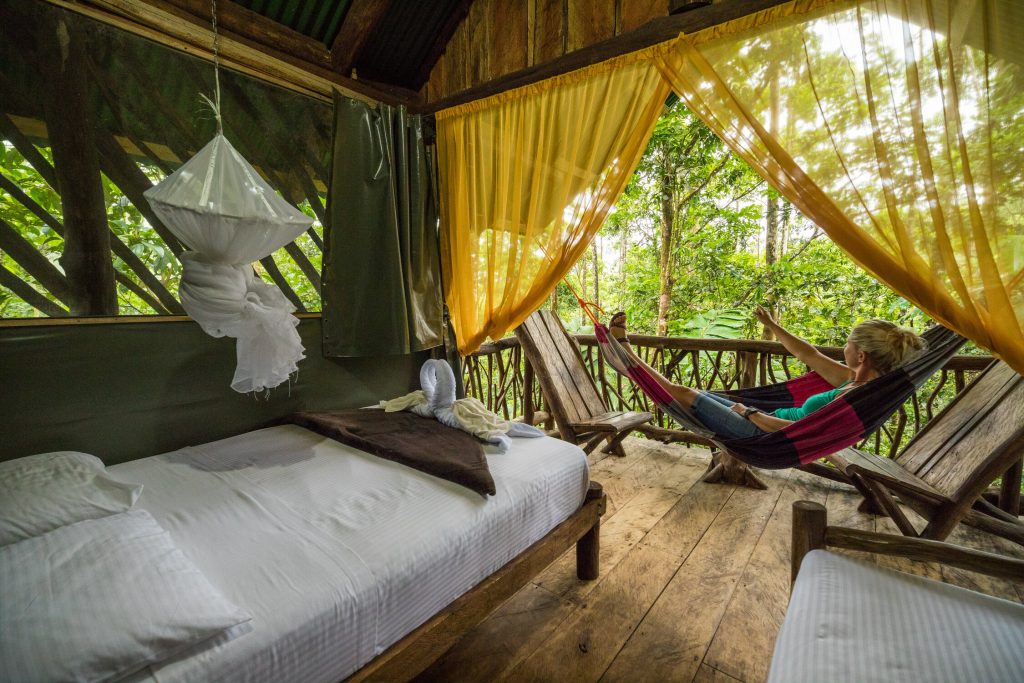Costa Rica, with its rich biodiversity, stunning landscapes, and vibrant culture, remains one of the top travel destinations for adventurers and nature lovers. Whether you are an adrenaline junkie, a wildlife enthusiast, or someone simply seeking relaxation amidst natural beauty, excursions in Costa Rica offer a plethora of experiences to satisfy your wanderlust. As you plan your trip for 2024, here are some valuable tips and tricks to ensure you make the most out of your Costa Rica excursions.

1. Research, Plan and Book in Advance
Costa Rica is a popular destination, especially during the dry season (December to April). Popular trips and accommodations can fill up quickly, especially during peak travel seasons. To secure spots on your desired excursions, it’s advisable to research, plan, and book in well in advance. This ensures you will take advantage of tours such as canopy zip-lining, wildlife safaris, or volcano hikes and other Top Excursions.

2. Choose the Right Time to Visit
While Costa Rica is a year-round destination, the timing of your visit can significantly impact your experience. The dry season is ideal for beach activities and exploring the rainforests with minimal rainfall. However, the wet season (May to November) offers lush green landscapes and fewer crowds, making it an excellent time for nature photography and enjoying quieter excursions. Remember that some remote areas might be less accessible during heavy rains.

3. Pack Smart
Costa Rica’s climate varies from region to region, so pack lightweight clothing suitable for warm tropical weather. Practical essential items for most excursions include lightweight quick-drying clothing, good hiking boots, and waterproof gear. Also important are insect repellent, sunscreen, sturdy hiking shoes and a reusable water bottle. If you plan on visiting multiple regions, be prepared for varying climates, from the cool highlands to the warm coastal areas.

4. Embrace Pura Vida
“Pura Vida” is more than just a saying in Costa Rica – it’s a way of life. Embrace the laid-back and friendly vibe of the locals, and don’t be afraid to slow down and enjoy the simple pleasures of life.

5. Respect Nature and Wildlife
Costa Rica is renowned for its biodiversity and conservation efforts. Be sure to respect the environment and wildlife when embarking on excursions. Follow the advice of your guides and adhere to park rules and guidelines. Avoid disturbing or feeding wild animals and keep a safe distance from animals. Remember that your actions can have a lasting impact on these fragile ecosystems.

6. Learn Some Basic Spanish
While many Costa Ricans, especially in tourist areas, speak English, knowing some basic Spanish phrases can enhance your travel experience and help you connect with locals on a deeper level. Locals appreciate the effort, and it can help you navigate more remote regions where English is less commonly spoken. Simple greetings, thank you, and asking for directions can go a long way.

7. Stay Hydrated and Mind the Sun
Costa Rica’s tropical climate means it can get quite hot and humid, especially during the dry season. Stay hydrated by drinking plenty of water and protect yourself from the sun with sunscreen, hats, and sunglasses. Taking regular breaks in the shade can help prevent heat exhaustion.

8. Travel Insurance and Health Precautions
Travel insurance is highly recommended for any international trip, and excursions in Costa Rica are no exception. Ensure your insurance covers adventure activities if you engage in high-risk excursions like white water rafting or zip-lining. Additionally, check for any necessary vaccinations or health precautions before your trip. While Costa Rica has a good healthcare system, being prepared ensures peace of mind.

9. Support Local Businesses
Supporting local businesses during your Costa Rica excursions boosts the local economy and provides you with a more authentic experience. Opt for locally-owned hotels, restaurants, and tour operators. Engaging with the local community enriches your travel experience and fosters sustainable tourism.

10. Cash and Currency
While credit cards are widely accepted in tourist areas, having some local currency (Costa Rican colón) on hand is helpful, especially in more remote regions. ATMs are available in most towns, and exchanging a small amount of currency before your trip can be convenient. Remember your valuables and use a money belt or secure bag to avoid theft.

11. Sustainable and Responsible Travel
Costa Rica is a global leader in ecotourism and sustainable travel. You can contribute to these efforts by making responsible choices as a visitor. Opt for eco-friendly accommodations, reduce plastic use, and respect natural habitats while enjoying things to do in Costa Rica. Participating in community-based tourism initiatives and conservation projects is a great way to give back and positively impact.

12. Eco-Friendly Accommodations
Many lodges and hotels in Costa Rica prioritize sustainability. Look for accommodations with certifications like the CST (Certification for Sustainable Tourism), which ensures they adhere to environmental and social standards. Staying at eco-lodges often means being closer to nature and enjoying unique experiences such as guided nature walks and organic farm tours.

13. Leave No Trace
The “Leave No Trace” principle is crucial when exploring Costa Rica’s natural wonders. Always dispose of waste properly, stay on designated trails, and avoid disturbing wildlife. Carry reusable items like water bottles and bags to minimize waste. By leaving no trace, you help preserve the beauty of Costa Rica for future generations.

14. Community-Based Tourism
Community-based tourism allows you to experience Costa Rica’s culture and traditions firsthand. Many communities offer home stays, traditional cooking classes, craft workshops, and other activities. These experiences provide income for local families and offer a deeper understanding of Costa Rican life and heritage.
Conclusion
Excursions in Costa Rica offer diverse adventures, from exploring volcanic landscapes to navigating through dense rainforests and pristine beaches. Planning ahead, respecting local cultures and ecosystems, and choosing sustainable travel options can ensure a memorable and responsible travel experience. Whether you are hiking through cloud forests, rafting down roaring rivers, or simply relaxing in a hot spring, Costa Rica’s natural beauty and rich biodiversity promise an unforgettable journey in 2024.
